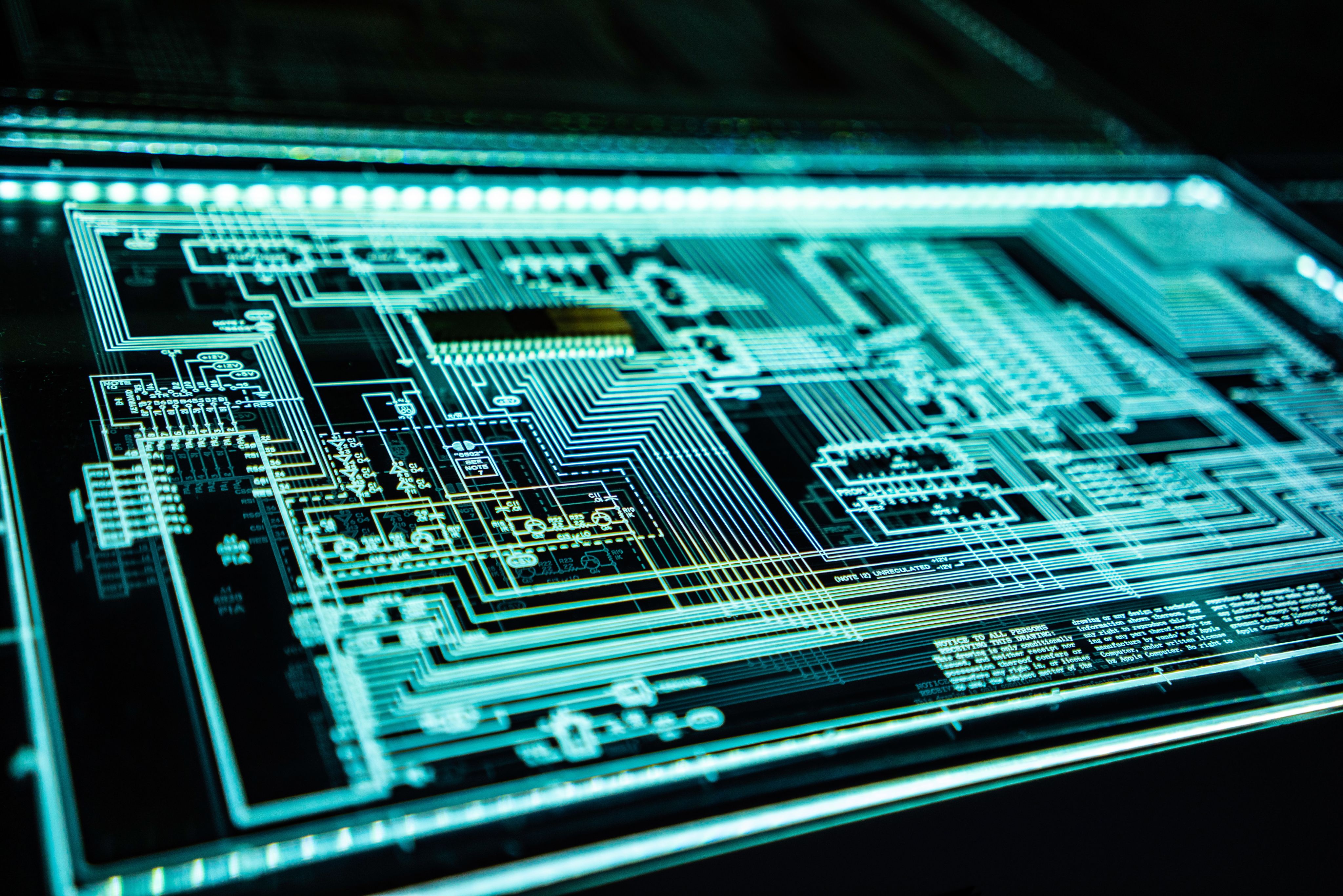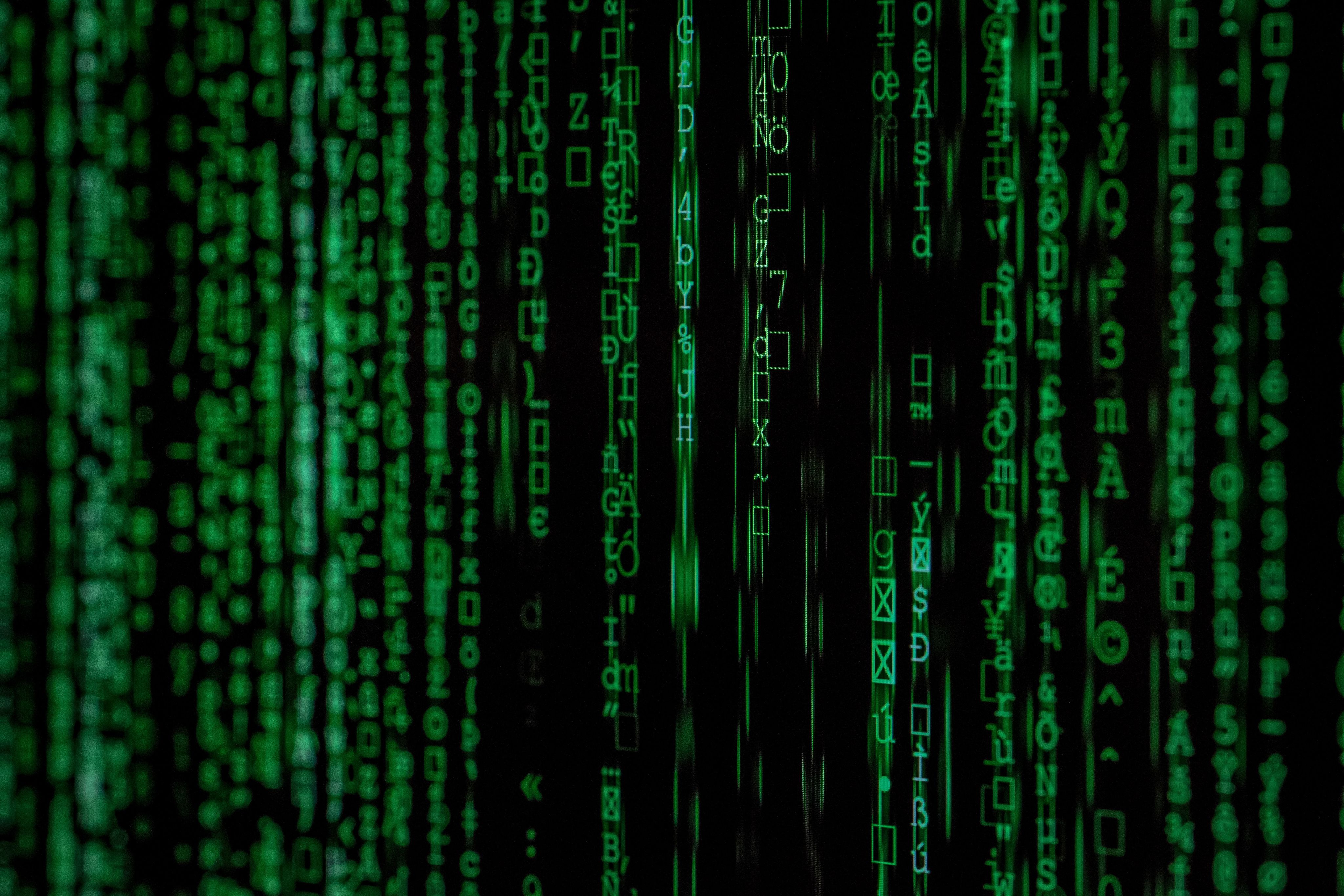AI in Cybersecurity: Safeguarding Data and Infrastructure from Emerging Threats

As digital transformation accelerates across industries, cybersecurity has become a top priority for organisations. The increasing volume and sophistication of cyber threats present significant challenges, necessitating advanced solutions to protect sensitive data and critical infrastructure. Artificial intelligence (AI) has emerged as a game-changing technology in the field of cybersecurity, offering new ways to detect, prevent and respond to cyber attacks.
In this article, we will explore how AI is reshaping cybersecurity practices, the benefits it provides and the challenges that organisations must navigate in an increasingly complex threat landscape.
The Growing Threat Landscape
Cybersecurity threats are evolving rapidly, with cybercriminals employing advanced techniques to exploit vulnerabilities in systems and networks. These threats include:
- Ransomware Attacks: Malicious software that encrypts data and demands payment for its release has surged in frequency, targeting organisations of all sizes.
- Phishing Attacks: Cybercriminals use deceptive emails and messages to trick individuals into revealing sensitive information, such as passwords and financial details.
- Advanced Persistent Threats (APTs): These prolonged and targeted attacks often involve sophisticated tactics, such as social engineering, to infiltrate organisations and remain undetected for extended periods.
Given the growing complexity of these threats, traditional cybersecurity measures may not be sufficient. Organisations are increasingly turning to AI-powered solutions to enhance their defenses and respond more effectively to incidents.
How AI Enhances Cybersecurity
AI technologies are revolutionising cybersecurity by providing organisations with tools that can analyse vast amounts of data, identify patterns and make real-time decisions. Here are some key areas where AI is making a significant impact:
Threat Detection and Prevention
AI can analyse network traffic, user behavior and system logs to identify anomalies that may indicate potential security breaches. By employing machine learning algorithms, AI systems can learn from historical data to recognise patterns associated with cyber threats, allowing for faster detection and response. For instance, AI can help identify unusual login attempts, data access patterns or unauthorised changes to files, enabling security teams to investigate and mitigate threats before they escalate.
Automated Incident Response
In the face of a cyber attack, speed is critical. AI can automate incident response processes, allowing organisations to react quickly and efficiently. AI systems can be programmed to execute predefined responses to specific threats, such as isolating affected systems or blocking suspicious IP addresses. By automating these processes, organisations can reduce the time it takes to respond to incidents, minimising damage and disruption. This not only improves overall security but also frees up security personnel to focus on more complex tasks.
Predictive Analytics for Proactive Defense
AI's predictive capabilities allow organisations to anticipate and prepare for potential threats. By analysing historical data and identifying trends, AI can help organisations understand their risk exposure and develop proactive security measures. For example, AI can assess vulnerabilities in systems and recommend security enhancements or patches before attackers exploit them. This proactive approach is essential in a landscape where threats are constantly evolving.
AI-Powered Security Tools
Several AI-powered tools and technologies are emerging in the cybersecurity landscape, offering organisations a range of capabilities to enhance their security posture:
Security Information and Event Management (SIEM) Systems
SIEM systems aggregate and analyse security data from various sources, such as logs and alerts. AI can enhance SIEM capabilities by identifying patterns and correlating events that may indicate a security incident, enabling organisations to respond more effectively.
Behavioral Analytics
Behavioral analytics tools leverage AI to monitor user behavior and identify deviations from established patterns. This helps organisations detect insider threats, compromised accounts and other suspicious activities that may go unnoticed by traditional security measures.
Threat Intelligence Platforms
AI-powered threat intelligence platforms collect and analyse data from various sources to provide organisations with insights into emerging threats. By aggregating threat data, these platforms help organisations stay informed about potential risks and take preventive measures.
Challenges and Considerations in AI Cybersecurity
While AI offers significant advantages in cybersecurity, organisations must also be aware of the challenges associated with its implementation:
Data Privacy and Security
The use of AI in cybersecurity often requires access to sensitive data. Organisations must ensure that they adhere to data privacy regulations and protect user information when employing AI technologies. Striking a balance between security and privacy is crucial.
AI Vulnerabilities
AI systems themselves can be vulnerable to attacks. Cybercriminals may attempt to manipulate AI algorithms or exploit weaknesses in the models. Organisations must continuously monitor and update their AI systems to safeguard against these vulnerabilities.
Skill Gaps and Resource Constraints
Implementing AI-powered cybersecurity solutions may require specialised skills and expertise that many organisations lack. To address this, organisations should invest in training their cybersecurity teams to effectively leverage AI technologies and stay ahead of emerging threats.
As cyber threats continue to evolve, AI is becoming an indispensable tool for organisations looking to enhance their cybersecurity posture. By leveraging AI for threat detection, automated incident response and predictive analytics, organisations can better protect their data and infrastructure from emerging threats.
However, it is essential for organisations to navigate the challenges associated with AI implementation, including data privacy concerns and skill gaps. By prioritizing continuous learning and investing in robust cybersecurity strategies, organisations can harness the power of AI to create a safer digital environment.
For those interested in exploring how AI is shaping the future of cybersecurity and enhancing their own security practices, HRD Academy offers valuable resources, expert insights and training programmes designed to equip professionals with the knowledge and skills necessary to succeed in this rapidly changing landscape.
In today’s data-driven world, protecting personal data is mandatory. The newly amended Personal Data Protection Act (PDPA) 2010 now requires all Malaysian organisations handling 20,000+ personal data records or 10,000+ sensitive data records to appoint a Data Protection Officer (DPO).
If you're looking to stay compliant, protect sensitive data, and navigate Malaysia’s PDPA landscape with confidence, the Data Protection Officer Programme by HRD Academy is an excellent place to start.




